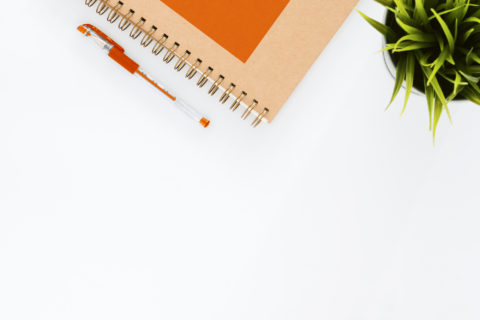Right off the bat, there are certain things that your designer needs you to provide. Holding back on giving this information will almost alway lead to project delays or disappointing results. The sooner they know these things the better. So before your next project, be sure you cover the following bases with your designer or design team.
The Objective of the Project
This should be set in stone before you contact a designer. You have to know what you are doing this project for. Is it to generate sales? To promote your brand? To share knowledge?
Who is the audience? When and where will they be interacting with this project?
Having all of these things communicated to the designer will ensure that they will create the right materials for your project.
How this Improves Your Designs: Knowing the demographic for the target audience of the project for instance relays information to the design team on how best to engage. For example, knowing the audience is women aged 20-35, a designer will know what images resonate with that audience, and what text should be highlighted to grab their attention.
Knowing the objective is to get University students to attend an event, the designer may suggest the use of social media posts in addition to posters in a university, to further boost the visibility of the designs to the target market.
The Full Scope of the Project
What this basically requires that you make all information available to your designer at all times including information on all tools, resources needed for your project. If you know you will need a long list of materials for your project, don’t withhold that information from your designer. They know how much time they need for the work they do, so give them all the information they will need to set up a reasonable timeline to meet set targets.
If your website needs to be multilingual, this needs to be known before they start anything for technical reasons. If the project includes video, web development, and anything else that requires other creative professionals, they may be able to even do it themselves, or suggest to you creatives they know they collaborate with well. (Design plays a role in all of these things, don’t treat them as separate. If you are already working with another creative, they need to be in touch with the designer sooner rather than later.)
How this Improves Your Designs: When given the chance to create a realistic timeline, the designer gets the chance to make the work to the best of their ability because stress isn’t getting in the way of their creativity. Plus, you get enough time to give feedback and get exactly what you want before your audience sees the work.
When the designer is in contact with the other creatives on a project, they are all well designed. A beautiful poster with a sub-par video promotion for the same event ends up making the event look bad, despite the work the designer put in.
Examples of the Style You’re Leaning Towards
In most cases, you have something in mind based on a design you’ve already seen. I would suggest that, if you don’t have that design in mind, do a little research on your own. When it comes to art, one picture is way more valuable than a description because no one will ever imagine what you are imagining. If they do, it may be because you have similar tastes, not because they are a “better designer.”
If you really have no ideas, look at your designer’s portfolio and be sure that you are working with someone with similar tastes to yours. A well-trained designer can work with anyone’s tastes as long as they understand what they are, and the best way for them to understand is really just to show them.
How this Improves Your Designs: This guarantees that you will like the final design no matter what, and it limits the amount of edits that you will need to make to the original creations. In many cases, if this is done right, no edits need to be made at all.
Your Finalized Content
The text and images you will need in your design must be ready before the design can be made. At least having an idea of this allows for the designer to use placeholder content until you have it finalized.
These are essential, and you have to be happy with these elements or the entire design falls apart. If these things change radically mid-project, your designer will find themself re-doing the whole thing, and this is basically doing two projects in the time frame and price range of one. It will not work out for either party, especially if the changes happen multiple times.
How this Improves Your Designs: You won’t know how your final design will look until the designer has all the real information. You will be surprised how much a picture changes a design. Text also makes a big difference in layout and the finished look. As much as possible, have these things ready before you send your idea over to a designer.
Technical Limits & Specifications
For technical reasons, the designer should communicate with a web developer, printer, event planner, etc to understand what you’ll need in the final files. This needs to happen early on because in many cases it determines the program they will use. Changing the program can mean re-working an entire design setting you all back significantly at what should be the end of a project.
You may notice things that confuse you in the process of preparing for your project. It’s okay to tell the designer you need their help, or the help of someone they may be able to recommend to you. What works against both you and your designer is holding on to problem areas and waiting until the last minute to get these things sorted.
How this Improves Your Designs: There is a limitation in every software, social media, and website theme. If a designer is mistaken about the limitations they are working with, you may fall in love with a design that doesn’t even work for what you’re trying to do.
This would mean re-working a design or starting all over again. Once again setting everyone back and causing a stressful situation on all sides involved.
All of this advice may work differently for different designers, but not by much. The idea remains the same. A properly managed process is evident in the finished product
Originally published at Out Loud Studio.





























